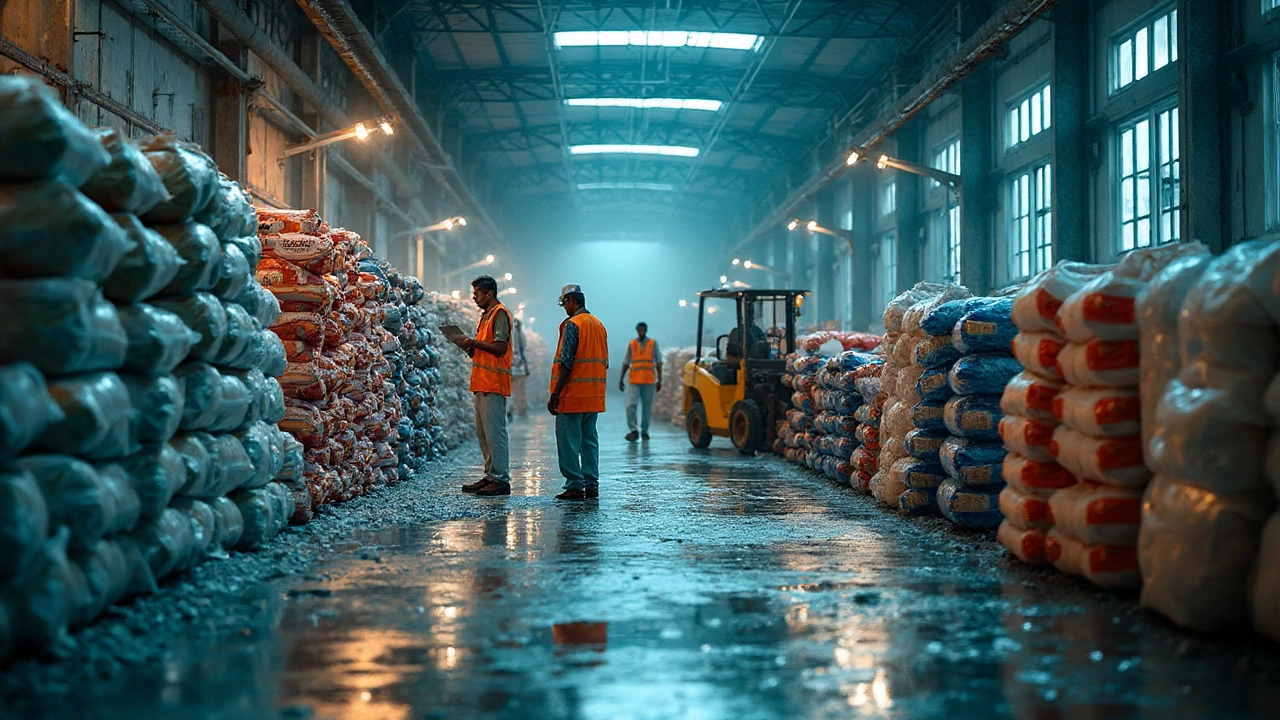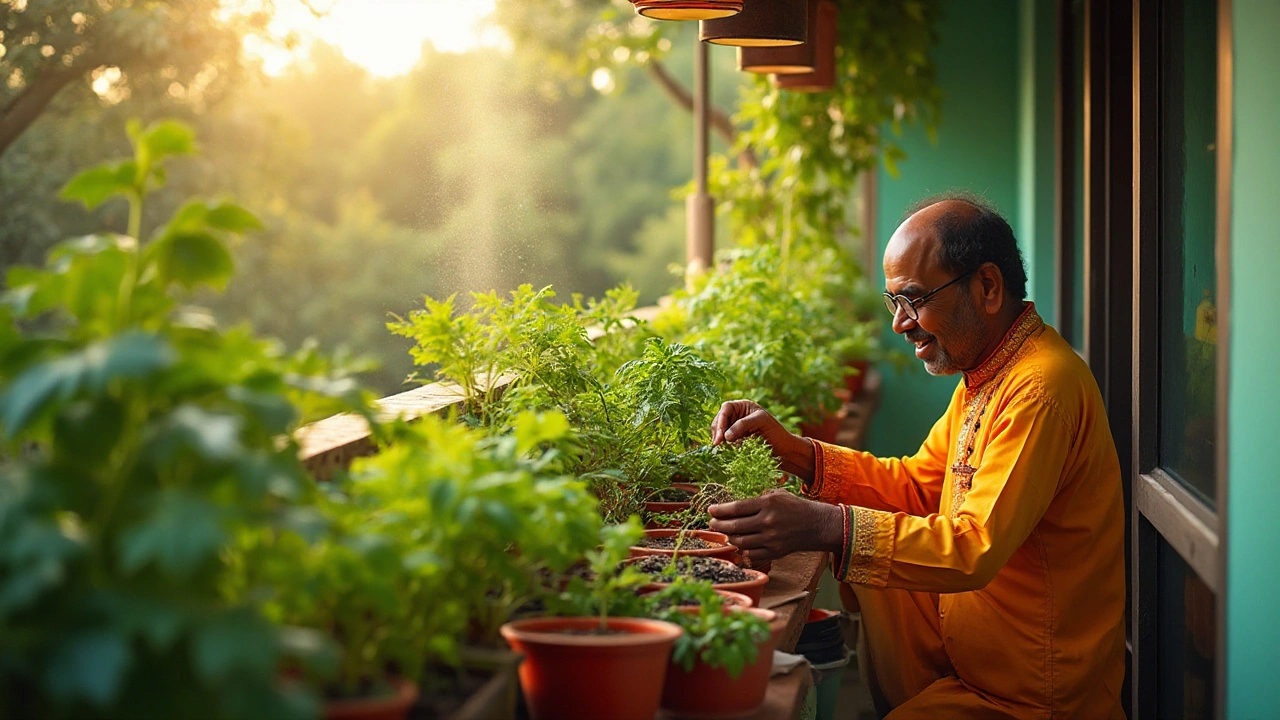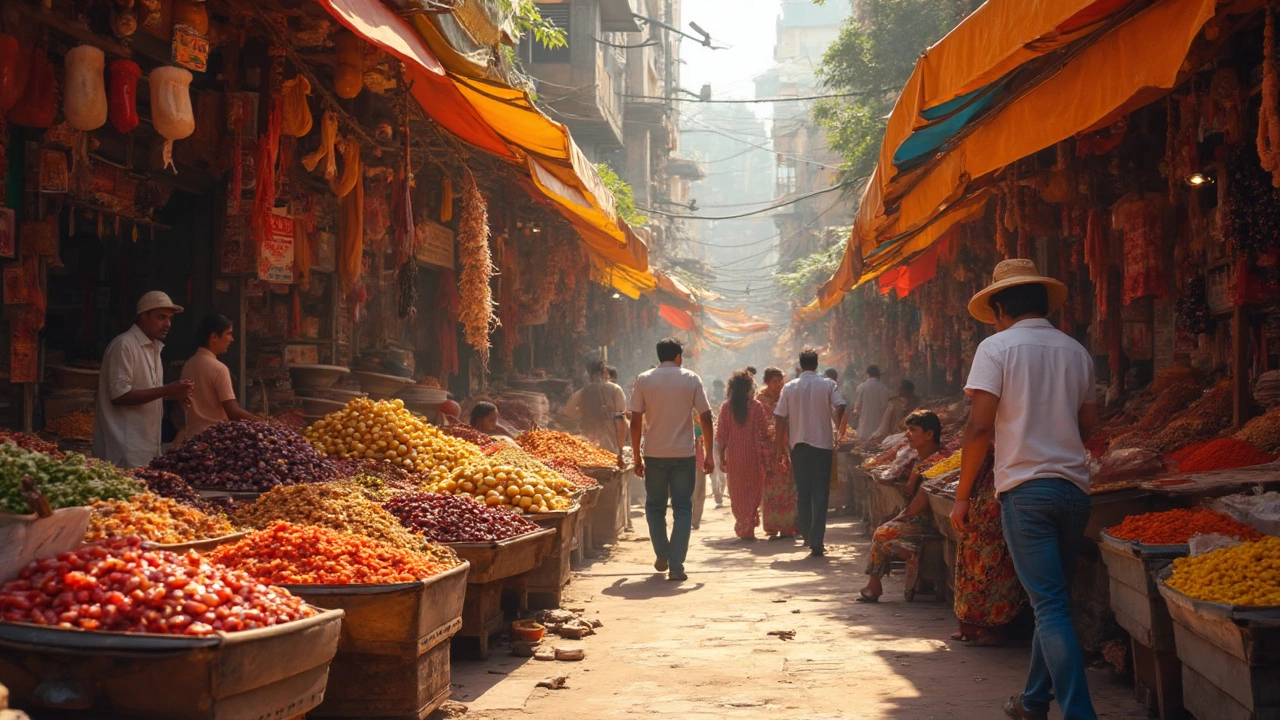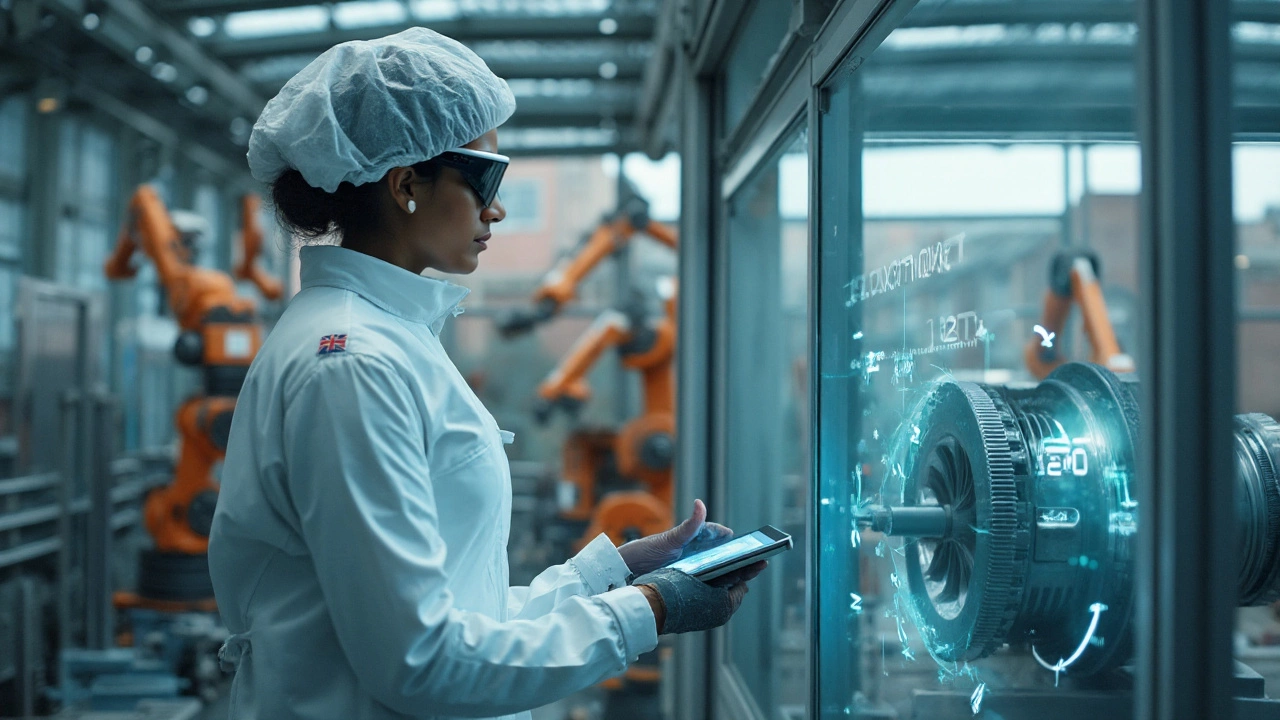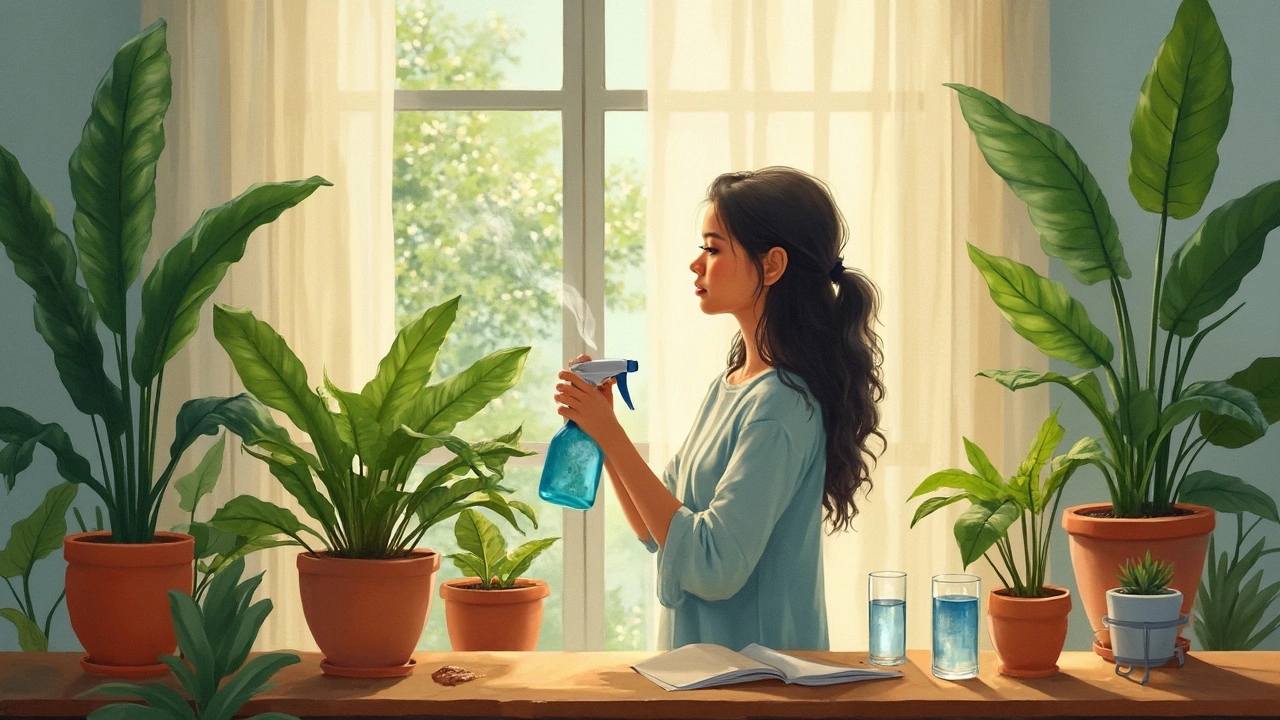PET vs PP Demand: What’s Driving the Shift in India?
When looking at PET vs PP demand, the market comparison between polyethylene terephthalate (PET) and polypropylene (PP) in India’s plastic sector. Also known as polymer demand rivalry, this clash tells you which material manufacturers, packagers, and consumers are leaning toward right now.
The broader Plastic Industry, the network of producers, converters, and recyclers that handle polymers across the country is the stage where this rivalry plays out. Recent data shows the industry’s total output grew over 9% last year, but PET and PP moved at different speeds. PET, favored for clear bottles and food‑grade packaging, saw a double‑digit rise because beverage brands expanded their premium lines. PP, known for durability in caps, containers, and automotive parts, grew steadier, riding the demand for lightweight components. The industry’s health directly shapes how much each polymer gets ordered, processed, and ultimately shipped to factories.
One of the biggest players in this story is Packaging Materials, the range of films, bottles, and containers that protect and present products. Packaging firms are constantly weighing cost, performance, and recyclability. PET’s clarity and barrier properties make it the go‑to for soda and water bottles, pushing up its demand when brands launch new flavors. On the flip side, PP’s resistance to heat and flexibility make it popular for microwave‑able trays and medical syringes, keeping its demand solid in sectors that value safety and temperature tolerance. The push for recyclable packaging also nudges manufacturers toward PET, which enjoys higher recycling rates, though new PP recycling technologies are narrowing that gap.
Underlying both polymer trends is the Manufacturing Demand, the overall need for raw materials that fuels production lines across sectors like automotive, consumer goods, and construction. When auto makers order lightweight parts, they often choose PP for its strength‑to‑weight ratio. When food processors ramp up bottling, PET’s compliance with food‑safety regulations drives its orders. Fluctuations in factory capacity, export orders, and government incentives all ripple through the demand curves of these two plastics, creating a see‑saw effect where a surge in one segment can temporarily suppress the other.
Sustainability is the silent third player influencing the PET vs PP debate. Consumers are demanding greener packaging, and regulators are tightening recycling targets. PET’s established recycling stream gives it a leg up, but innovators are developing bio‑based PP and improving PP’s recyclability. Companies that embed circular‑economy principles into their supply chains can tip the balance in either direction, depending on how quickly new technologies become commercial‑ready. This sustainability push not only reshapes demand numbers but also forces manufacturers to rethink product design, labeling, and end‑of‑life strategies.
Below you’ll find a curated mix of articles that dive deeper into each of these angles—whether you’re curious about the latest plastic‑industry reports, want practical tips on choosing the right polymer for your product, or need insight on how sustainability trends are reshaping demand. This collection gives you the data, examples, and expert takeaways you need to navigate the PET vs PP landscape with confidence.
Which Plastic Is in Demand in 2025? Resin Winners, Use-Cases, and Sourcing Tips
The 2025 plastics winners: rPET, rHDPE/rPP, LLDPE films, HDPE pipes, PET, PP for autos/appliances, and EVA/POE for solar. Clear reasons, risks, and buying tips.
- manufacturing
- India
- food processing
- garden tips
- rice cultivation
- government schemes
- balcony garden
- urban gardening
- balcony gardening
- profitable business
- business ideas
- plastic manufacturing
- drip irrigation
- plant care
- steel manufacturing
- sustainable gardening
- startup ideas
- steel industry
- flower gardening
- textile manufacturers

